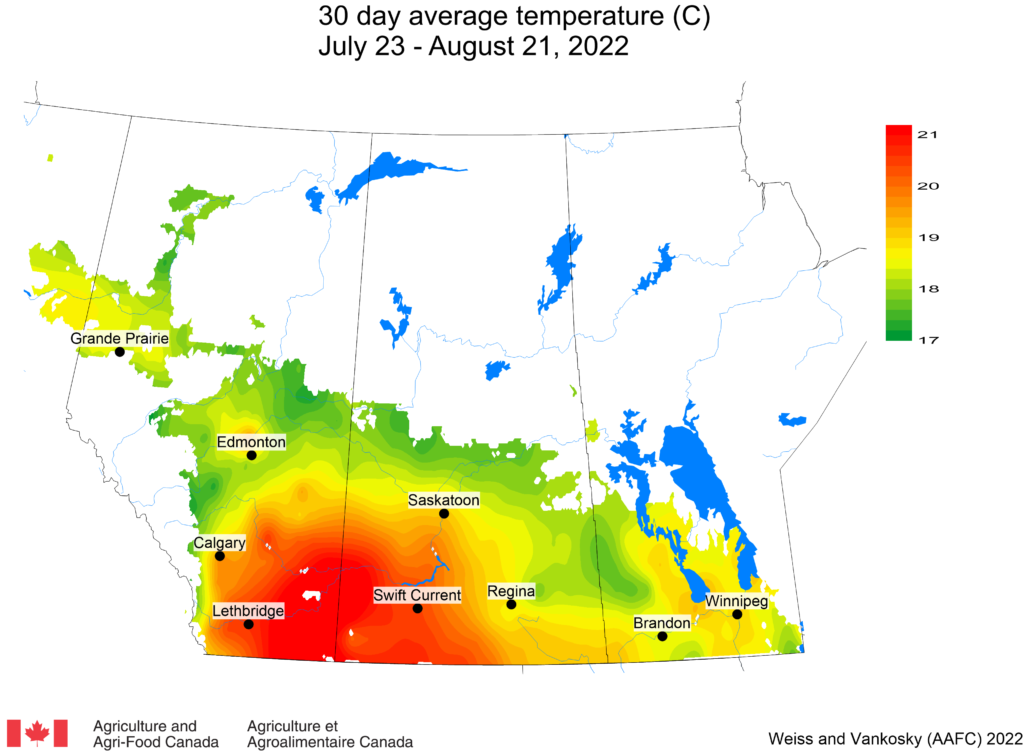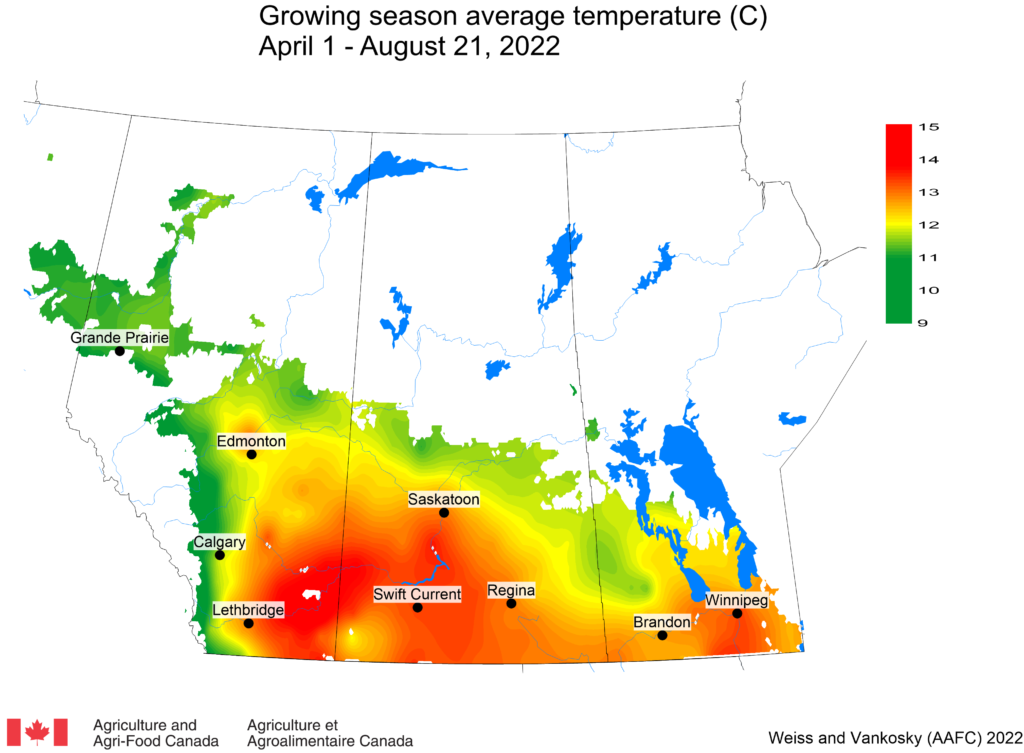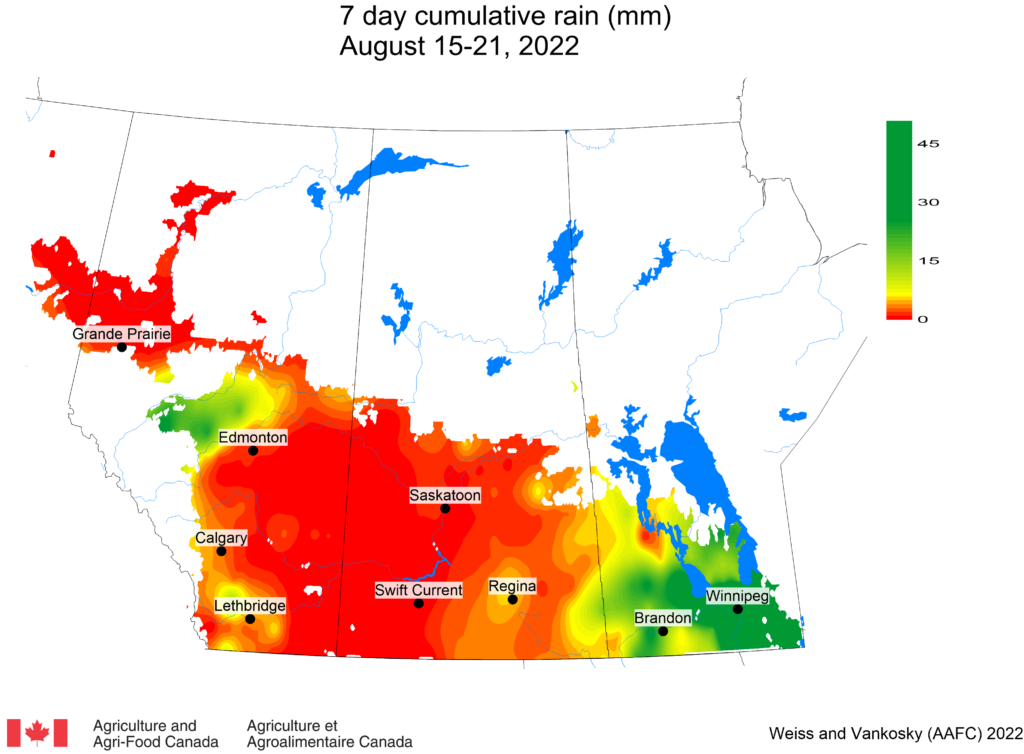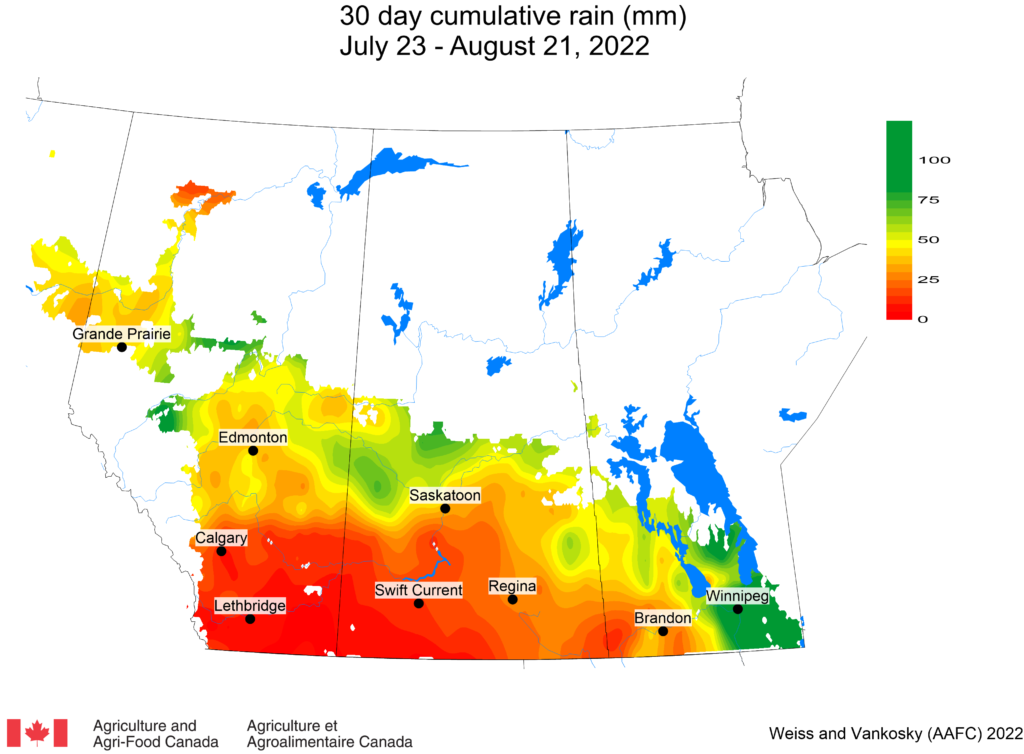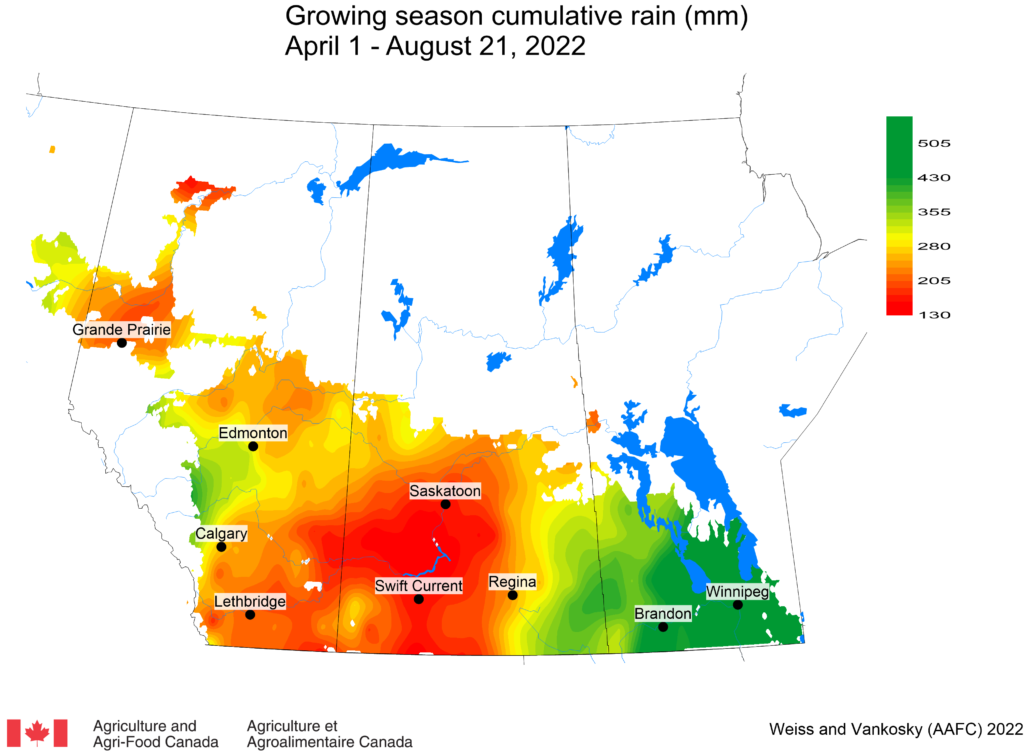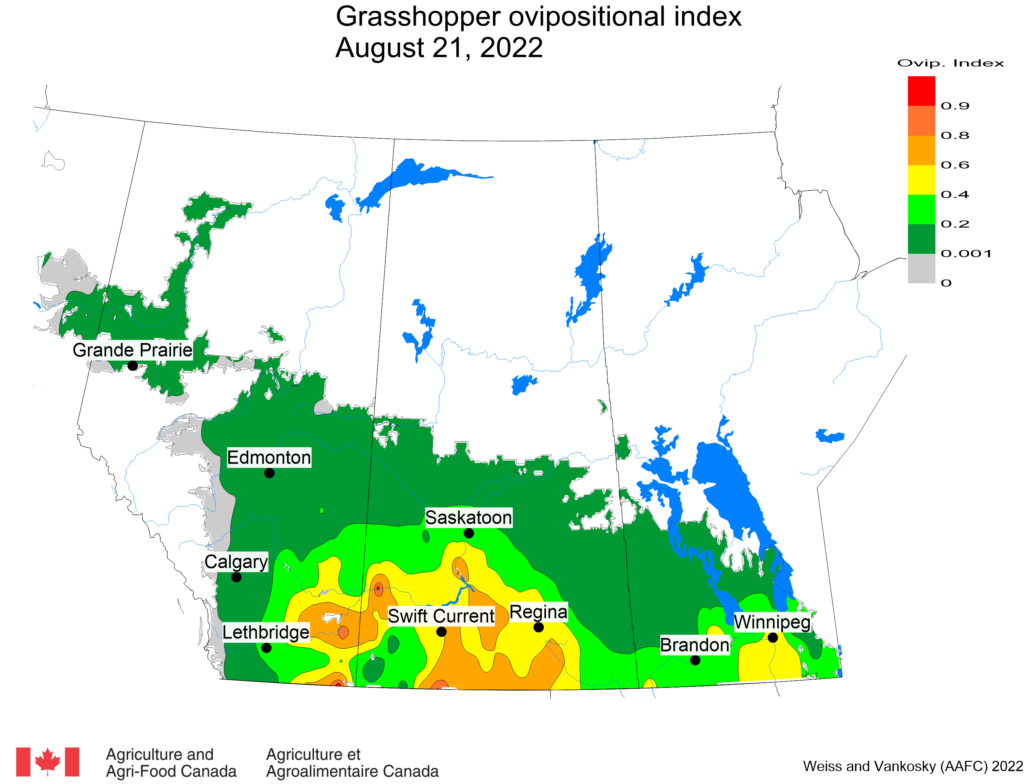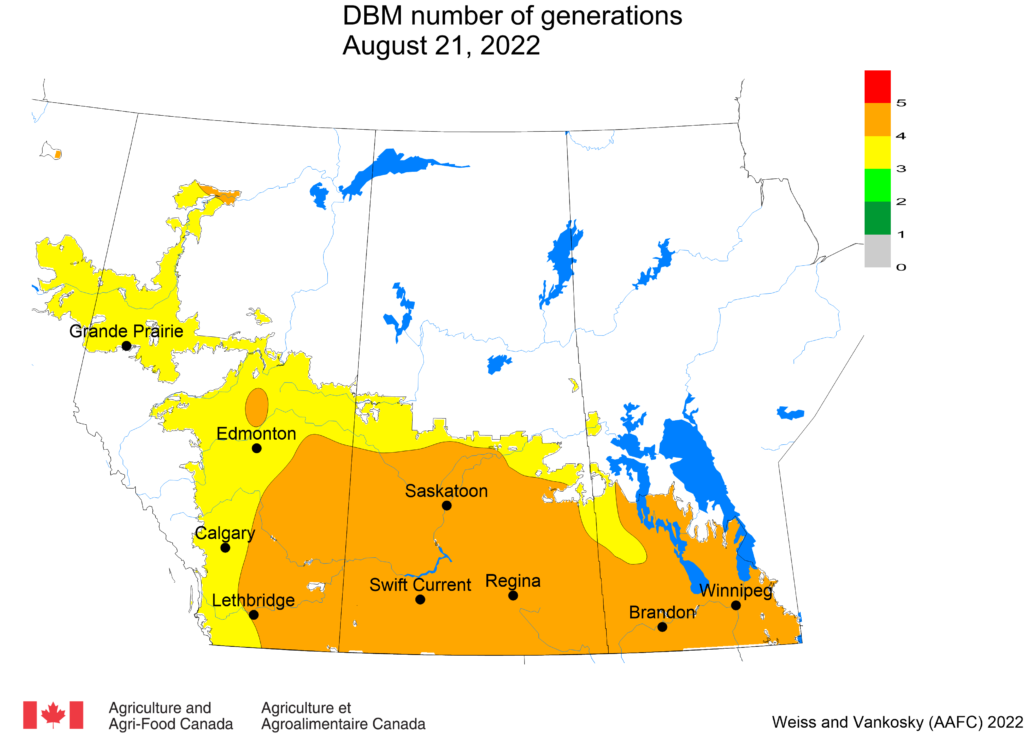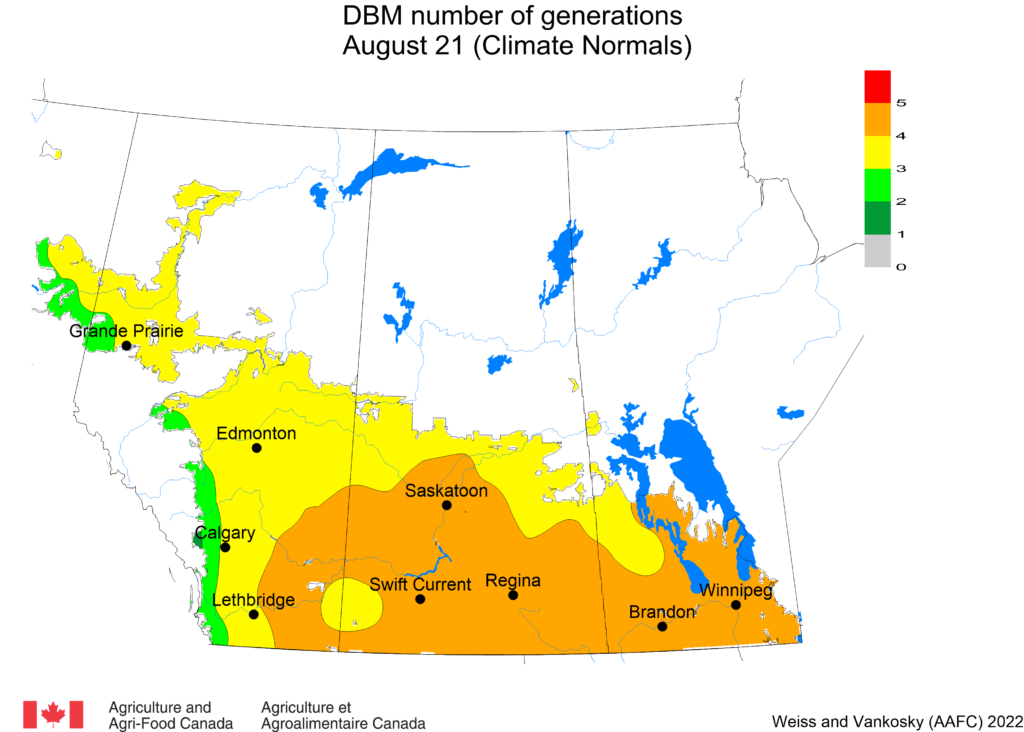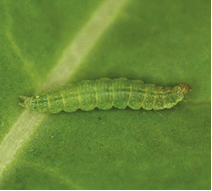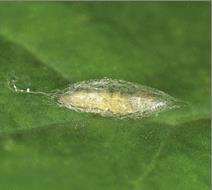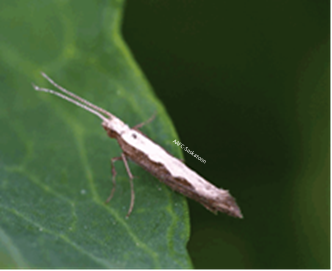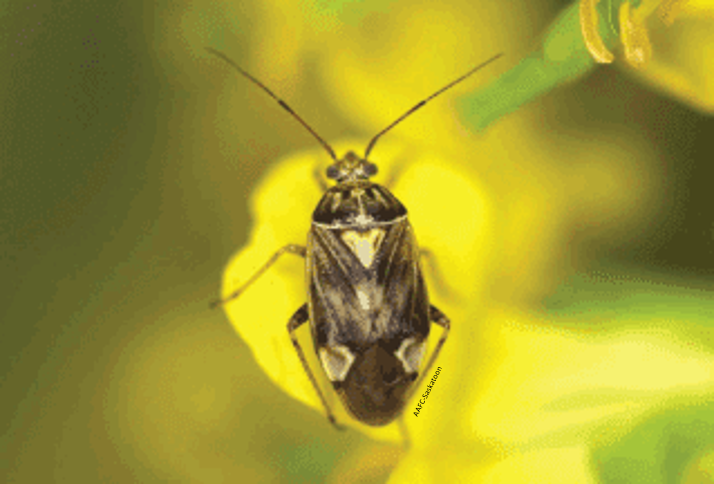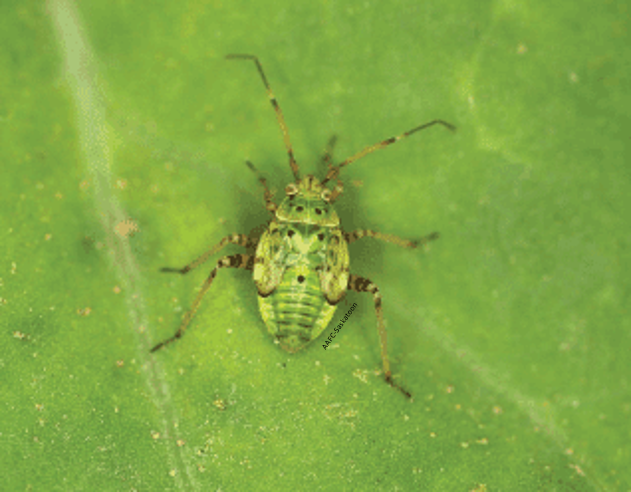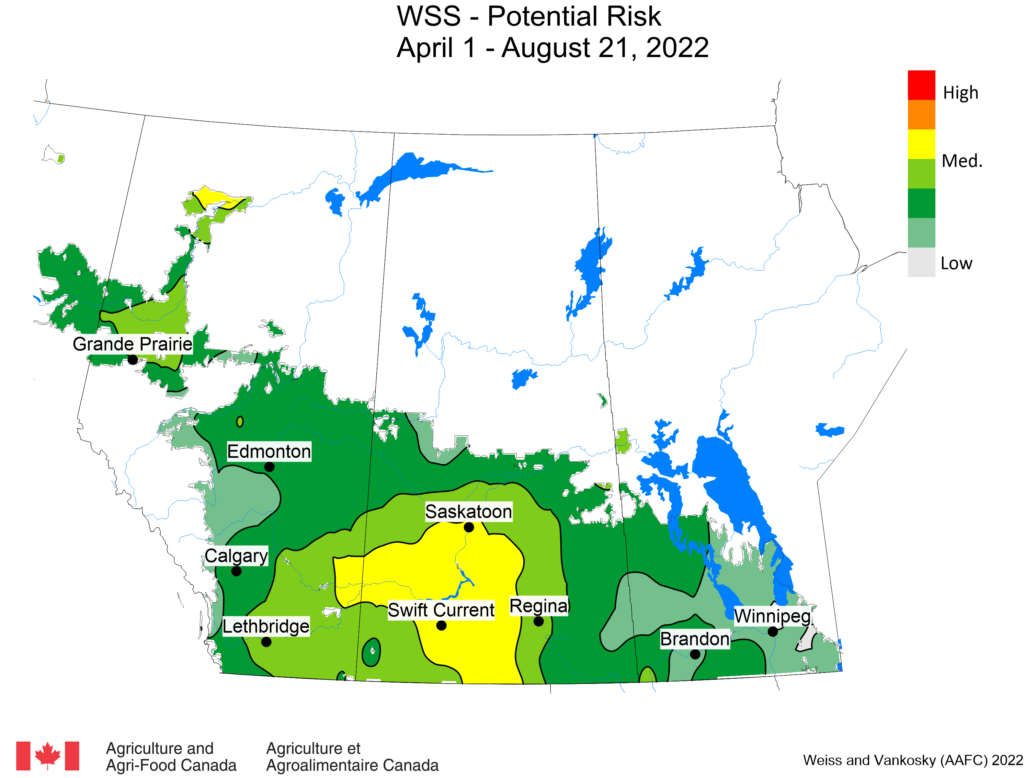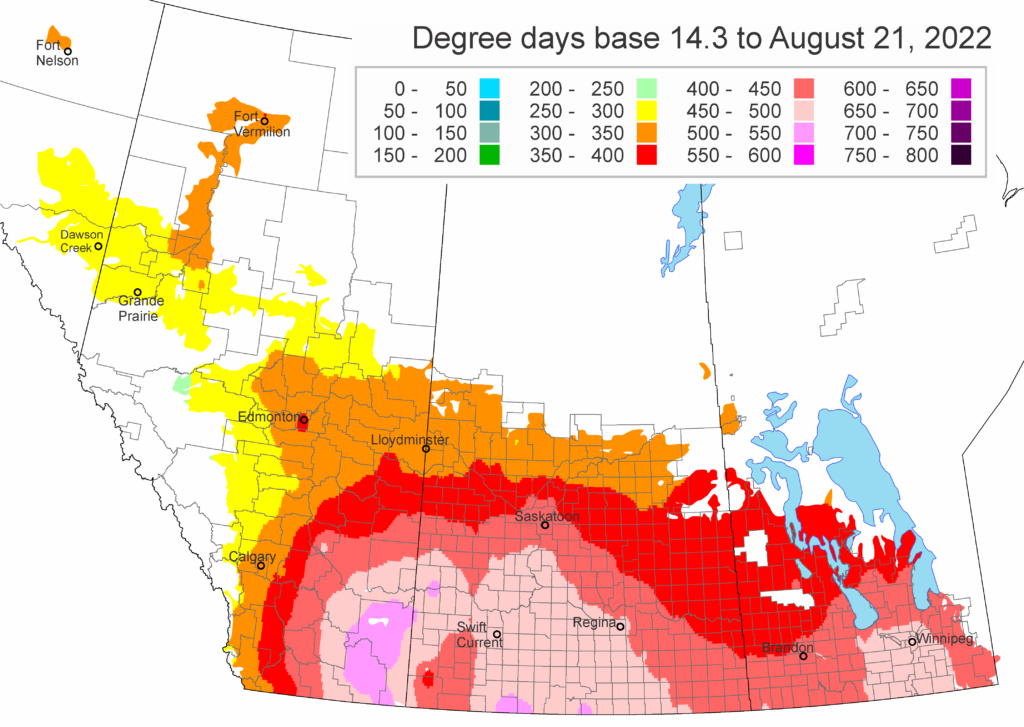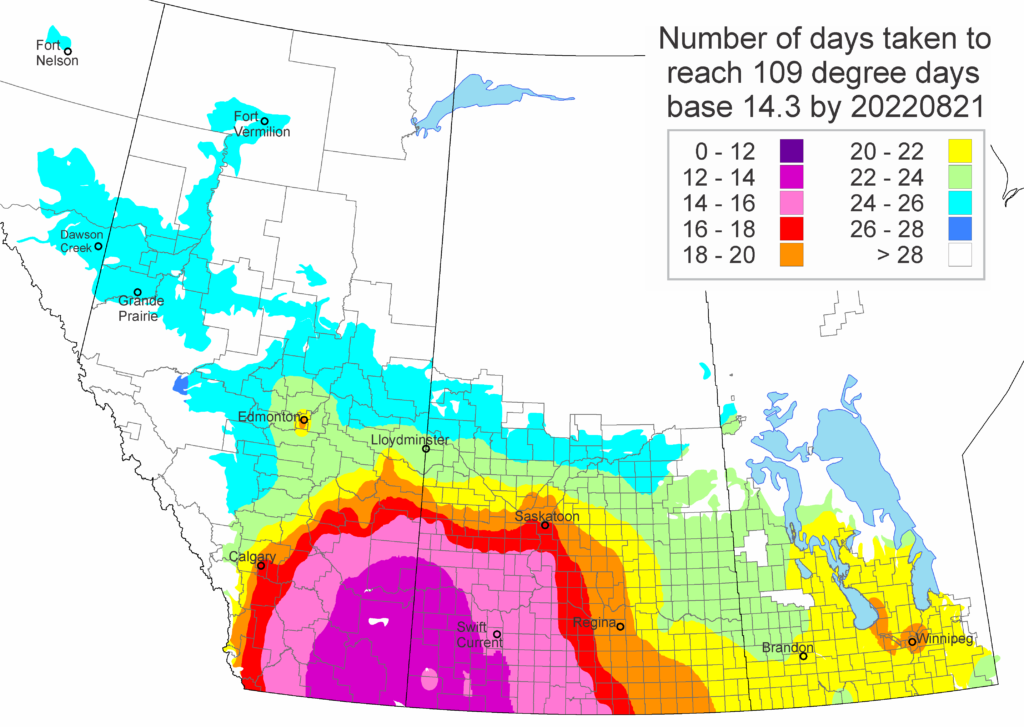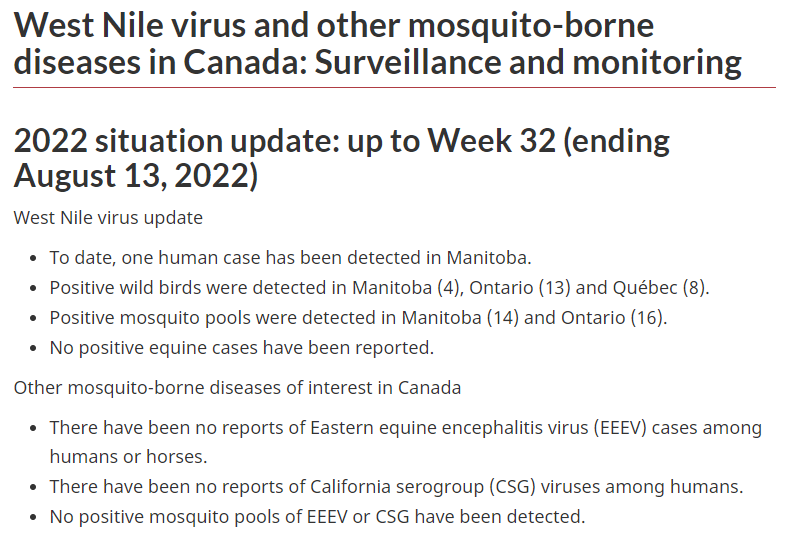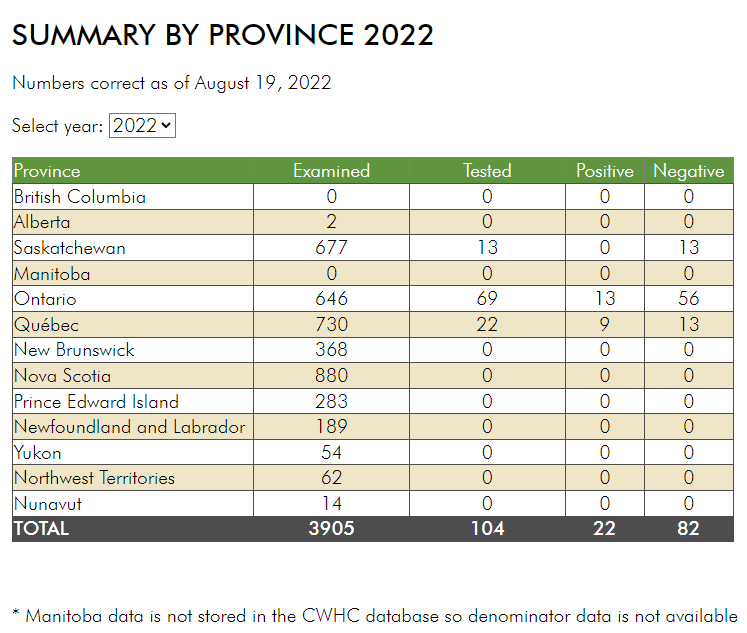The final WEEKLY UPDATE of the 2022 growing season is here!
Thank you to the many people who performed and supported insect pest monitoring in field crops this year! The Prairie Pest Monitoring Network brings together a unique array of incredible cooperators and collaborators at federal, provincial, regional, post-secondary, and industry levels across western Canada! Thanks to these many individuals! The PPMN also thanks our many contributors to the Weekly Updates and Insect of the Week who stand as co-authors at the top of each Post. Last but not least, a small number of key individuals ensure 16 weeks of pertinent content are available through the growing season on behalf of the PPMN – thank you to Ross Weiss, Tamara Rounce, Serge Trudel, Cynthia Schock, Meghan Vankosky, and Jennifer Otani.
Vital insect pest data originates from in-field observations – that’s THE FOUNDATION – and now, more than ever, researchers need support and permission to continue to collect and build the many integral data sets needed to enable improvements in the detection, monitoring, and management of pest risk in field crops grown across the Canadian prairies! Please, this winter, if you’re a producer, connect with a field researcher and give permission for pests to be monitored in your field. If you’re able to monitor, connect with a field researcher to find out how to help. It’s vital that fields ALL ACROSS the prairies represent Canadian agriculture!
This week includes…..
• Weather synopsis
• Predicted grasshopper development
• Predicted diamondback development
• Lygus bug monitoring
• Predicted wheat stem sawfly growth
• Pre-harvest intervals (PHI)
• West nile virus risk
• Provincial insect pest report links
• Crop report links
• Previous posts
….and review the 2022 Insect of the Week lineup – 16 in total!
Wishing everyone good HARVESTING weather!
To receive free Weekly Updates automatically, please subscribe to the website!
Questions or problems accessing the contents of this Weekly Update? Please contact us so we can connect you to our information. Past “Weekly Updates” can be accessed on our Weekly Update page.


